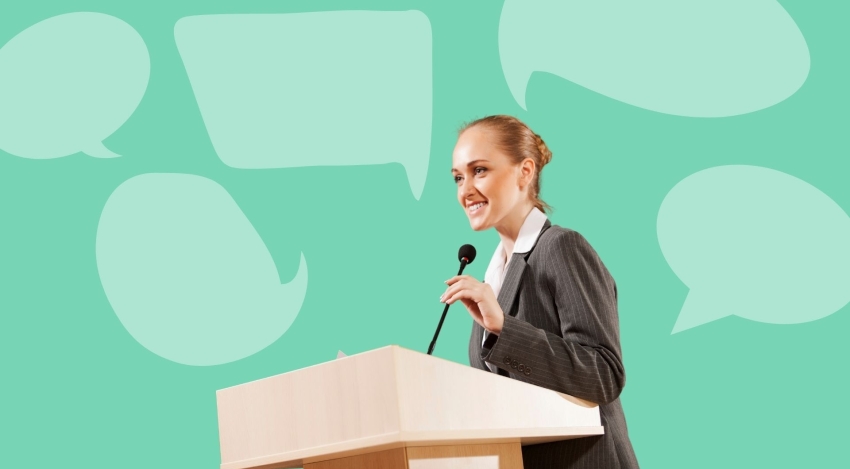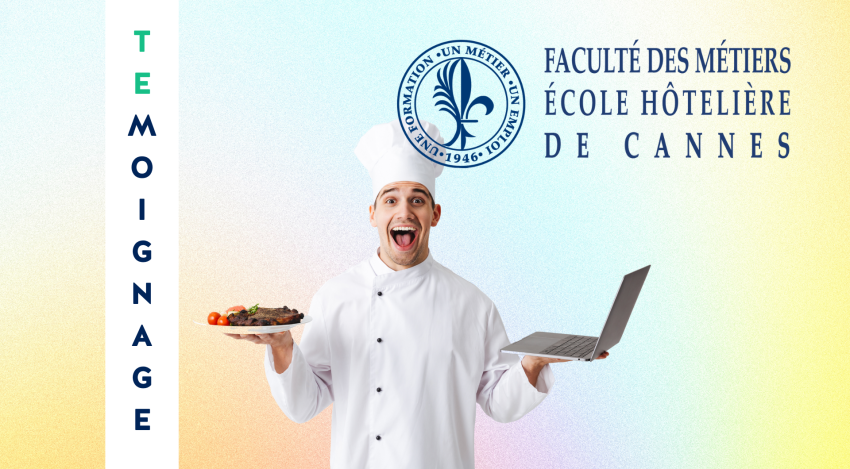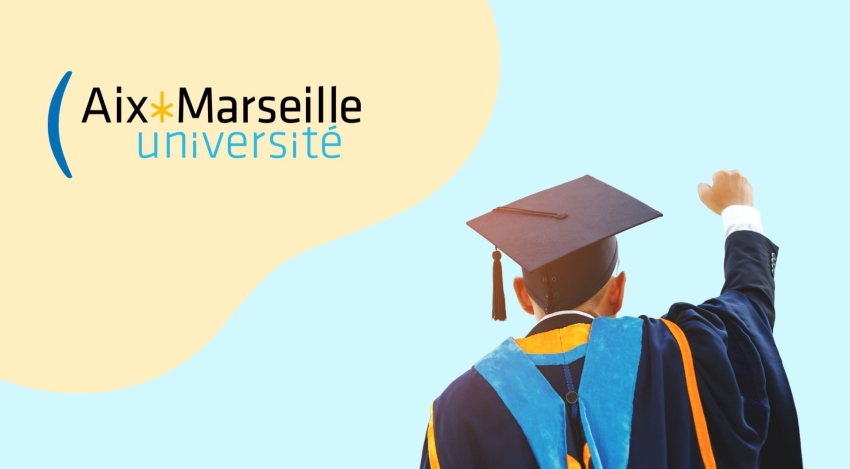

First and foremost, we want to express that Media & Learning 2019 was an enriching experience for Kalyzée, providing us with direct access to the international market. This conference is the only European event specialized in the lecture capture field. Here is an adaptation of the Media & Learning 2019 report provided following this event.
The Media and Learning Conference 2019, focused on video in higher education, was organized by the Media & Learning Association and the Leuven Institute for Media and Learning (LIMEL) of the Catholic University of Louvain (KU Leuven) at STUK. This event took place in Louvain, on June 5th and 6th, 2019. A total of 283 participants from 22 countries gathered to discuss the integration of video in colleges, high schools, and universities.
The aim of the Media and Learning Conference was to highlight the latest pedagogical and technical developments in this field. This was achieved through a highly interactive program consisting of inspiring speeches, demonstrations, discussions, presentations of best practices, and real-world scenarios. Additionally, to showcase the use of lecture capture, there was an exhibition of the latest technologies, services, and tools. A wide range of solutions that universities, colleges, and high schools can adopt to transform their use of video.
This year, the conference was sponsored by Mediasite, Panopto, Kaltura, UbiCast, and RapidMOOC, and featured several stands dedicated to sponsors and professionals, such as WebClip2Go, Kalyzée, Matrox, and Crowdbeamer. The exhibition hall, open throughout the conference, included a demonstration space. This allowed for the presentation of different tools and services before their launch in the secondary education sector.
Themes addressed during the Media & Learning conference included:
360˚ video, augmented and virtual reality
The added value of lecture capture
Integration of video streaming and artificial intelligence
Quality criteria for independent video production
Standards and accessibility practices related to educational videos
Promoting pedagogical innovations through video
The legal aspects of educational video production
Video as an open educational resource
Enhancing interactivity using video as a responsive learning resource
Creation, research, and use of micro-courses and knowledge clips
Video directories
Effective practices and experiences of using video as an assessment tool
Educational podcasts and costs
After the success of last year's conference, which focused on video in higher education, we decided to organize a second event. Based on the feedback we received, we knew that bringing together professionals from the technical, pedagogical, and administrative fields of higher education would be a great opportunity to share ideas, discuss challenges, and foster collaboration.
"Media & Learning 2019: Video in Higher Education" aimed to highlight the latest pedagogical and technical developments in this field. To achieve this, we relied on a program rich in inspiring speeches, demonstrations, discussions, presentations of best practices, and an exhibition showcasing the latest technologies, services, and tools that universities, high schools, and colleges can adopt to transform their use of video. The event also provided an opportunity to network and exchange ideas informally.
For further exploration of lecture capture topics, you can access all our articles here, including the one about the role of online courses today.
The conference included presentation sessions delivered by experts and professionals to share their experiences, visions, and expertise. Additionally, educational media productions were screened in the conference cinema room. This was also an opportunity to create opportunities for discussion and networking, as well as to present various tools and services. In total, 75 people from 16 countries contributed to the program in 28 different sessions.
Donald Clark from Wildfire, UK, who discussed enhancing video through AI
Robert M. Lipps from Sonic Foundry, USA, who discussed AI in higher education
Andreas Hebbel-Seeger from Macromedia University, Germany, who discussed immersion
Emily Nordmann from the University of Glasgow, UK, who discussed lecture capture
Tine Baelmans from the Catholic University of Louvain, Belgium, who discussed video integration on campus
Mike Wald from the University of Southampton, UK, who discussed inclusive learning
Eric Burns from Panopto, USA, who discussed multicamera video
Educational Activities
Five practical workshops of 90 minutes each with 25 participants each were held on various themes (podcasting, video observation and feedback, H5P tools, formative feedback via screencast, and lecture capture) and received positive feedback.
Additionally, we organized a "campfire" as a framework for a series of discussions on relevant issues. These included conversations on the potential impact of AI on university services, how to get the most out of video in MOOCs, legal issues, and effective strategies for academics in independent production.
Similarly, the Centre for Innovation and Workplace Learning at the University of Dublin, Ireland, organized a symposium on conducting action research projects in the workplace.
Several workshops or visits were organized prior to the conference. The EDIT Challenge team organized a well-received half-day workshop based on their model for teacher training. The theme was creating educational videos in a hackathon or similar event, promoting international cooperation. The visit to the Leuven Institute for Media and Learning (LIMEL) also attracted a large number of participants.
Finally, the small cinema at STUK was used for video screenings during the conference. These included extracts from student videos used for evaluation and course activities. Additionally, examples illustrated the possibilities for creating and using academic videos in various learning settings.
The annual MEDEA Awards coincided with the Media & Learning conference. Participants had the opportunity to view excellent examples of video use in supporting learning during higher education. The 6 MEDEA Awards finalists had the chance to present their projects, and many conference participants joined the award ceremony guests. This ceremony took place at the town hall of Louvain, and the winners were announced by Mohamed Ridouani, the mayor of the city. This year, the winner of the Professionally Produced Educational Media Award was "Transport Systems: Global Issues and Future Innovations," proposed by the University of Leeds, UK. The winner of the MEDEA User-Generated Educational Media Award was "The History of Life Film Project," proposed by the National University of Ireland in Galway, Ireland.
The conference program also included an exhibition organized by students in visual and experimental anthropology from the Catholic University of Louvain. They were able to set up their video installation and present their own anthropological films.
This year, the conference highlights included fascinating discussions and interactive workshops, as well as MOOC screenings and online case studies. Here's a glimpse of the topics covered.
Firstly, Sonia Hetzner and Markus Tischner from the Friedrich-Alexander-University, Erlangen-Nürnberg, Germany, kicked off the conference. They presented their flexible and cost-effective approach to producing educational videos that eliminate the website as an interface, making interactive video the primary user interface. These interactive videos combine animation, drawings, green screens for presenters, and motion graphics. Exercises and assignments are even available without leaving the video.
Emily Nordmann from the University of Glasgow, UK, challenged the entrenched idea that lecture capture has little pedagogical value and is responsible for reduced in-person course attendance. She demonstrated that attendance rates are more related to the content of the course than to the recording means. Far from diminishing results, this approach enables students to create new forms of collaborative learning based on course recording.
Moreover, Rebekka Schmidt from the University of Paderborn, Germany, asked, "Is video all we need?" in the context of flipped classrooms for art education. She mentioned challenging students' beliefs about their knowledge in this field through blended learning (also known as flipped classrooms). The student population is increasingly drawn to video, so she questioned the role of traditional paper assignments.
Jack Koumi (UK) presented a comprehensive framework for identifying pedagogical applications of video. He discussed the strengths and weaknesses of this medium. A practical document summarizes the main contents of this project.
Michel Beerens (Delft University of Technology, Netherlands) presented the process of producing MOOCs at his institution. They have a total of 60 MOOCs produced to date. The process is optimized in terms of speed, allowing them to produce up to 1,000 videos per year. The Delft's Media Centre achieves this result by obtaining high-quality video from the first take and eliminating post-production.
Dominik Lukes (Saïd Business School, University of Oxford, UK) explained how he views video. Not as a means of learning, but rather as a means of learning once viewed. Learning transformation experiences occur during the activity following the video. He noticed that different types of learners gravitate toward different video formats. In his work, he encourages teachers to try an iterative approach. They re-record old videos to improve them based on lessons learned from video usage.
Lana Scott (MIT, USA) shared her experiences in producing effective videos for MOOCs at MITx. This ranges from learned best practices, combining active and passive learning, limiting video length, introducing diversity, dispelling teacher preconceptions, and much more. She recommends focusing only on one topic per video. This means videos can be very short. They can range from 30 to 60 seconds to facilitate understanding.
Janne Länsitie (Oulu University of Applied Sciences, Finland) organized a workshop on creating interactive videos using the H5P platform. Any video from YouTube or hosted by the user can become an interactive video using the online web environment. Participants created their first interactive video using the H5P platform and published it in an hour.
Tine Baelmans (Catholic University of Louvain) developed the strategic agenda of the university. It emphasizes future-oriented education and the transition to digital education. The creation of the KU Leuven Learning Lab, an internal network within the university, is a crucial element in achieving these goals. Thus, programs, faculties, campuses, groups, and services work together to shape future-oriented education. Teachers face different issues preventing them from adopting video in education. The lack of time, technology, and familiarity with available support material are common challenges. Within this framework, the Catholic University of Louvain is working to address these issues.
Finally, Mike Wald from Synotic discussed improving video access through real-time voice recognition. Voice recognition and captioning are reaching or even surpassing the quality of human transcription. Collaborative correction could also be used to enhance and verify captions, serving the educational field.
During the closing plenary session, a very interesting conclusion was reached. The nearly limitless possibilities of video technology do not allow for defining rigid guidelines or best practices. However, all participants agreed that, "It's not about the video itself, but about what we do with it."
You can find most of this content on the conference website.
The Media & Learning Conference 2019 attracted people from diverse backgrounds, ranging from beginners to experienced users. They brought varied experiences and knowledge of video in higher education. Experts in educational technology, university media department directors, academics, researchers, developers, service providers, innovation experts, and specialists from various academic backgrounds were in attendance.
Participants came from 22 different countries, as indicated below:
Germany
Australia
Austria
Belgium
Canada
Croatia
Egypt
Spain
USA
Finland
France
Hong Kong
Ireland
Italy
Norway
Netherlands
Poland
UK
Singapore
Slovenia
Sweden
Switzerland
Participants of the Media & Learning Conference were asked for their feedback afterward. The responses obtained were very positive, with over one-third of participants responding. When asked about the quality of the program, 88% rated it as excellent or very good. Furthermore, when asked to rate how much new information and new practices they gained, 74% rated it as excellent or very good.
Moreover, when asked to rate the networking opportunities during the conference, 92% rated them as excellent or very good. All of these statistics showed improvement compared to 2018.
Founded in 2012, the Media & Learning Association held its sixth annual General Assembly during the conference. Association members were present and voted to adopt the association's status and budget for 2018-2019. The action plan for 2019 was also presented and accepted. This plan revolves around 4 main axes: promoting member services, increasing membership, creating collaboration opportunities, and ensuring the association's sustainability.
On the second day of the Media and Learning Conference, a closed-door discussion took place. Association members were able to discuss future collaborations and cross-border projects.
The organizers of Media & Learning 2019 sincerely thank their sponsors and exhibitors for their assistance and support. Without them, the conference simply could not have taken place.
Kalyzée will be present at Media & Learning 2020 on October 12th and 13th in Leuven to showcase its latest innovations!


